#fan pier
Photo

#Boston#city#skyline#Waterfront#cityscape#urban landscape#dusk#fan pier park#fan pier#boston skyline#new england#landscape#cities#harbor#boston harbor#water#long exporsure#landscape photography#cityscapes#coulds#urban landscapes#travel#clouds#sky#reflection#buildings#architecture#landscape photo
26 notes
·
View notes
Photo
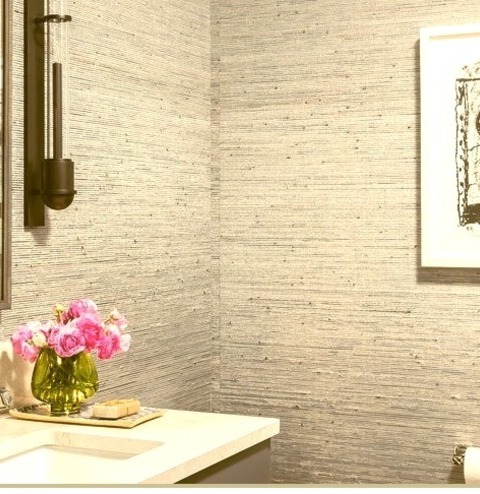
Bathroom Powder Room Boston
a medium-sized contemporary powder room with beige and porcelain tiles. a one-piece toilet, flat-panel cabinets, gray cabinets, gray walls, an undermount sink, marble countertops, and beige countertops are some ideas for a porcelain tile powder room.
0 notes
Text
The last piece of Fan Pier is up for city review. Here’s what it looks like. - The Boston Globe
Pretty excited about this.
#real estate#housing#property#boston#money#realestate#city#real estate agent#development#seaport district#fan Pier
1 note
·
View note
Photo

Kitchen Dining - Dining Room
Inspiration for a sizable contemporary kitchen/dining room remodel with dark wood floors and beige walls
#dining room#console tables#fan pier#wallcoveing#upholstered dining chair#contemporary design#living area
0 notes
Text
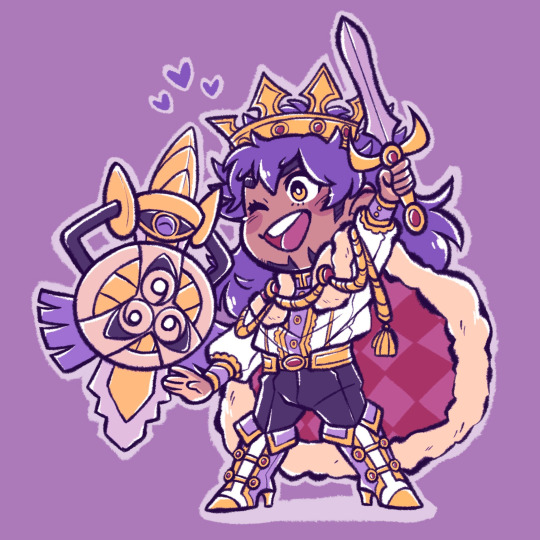

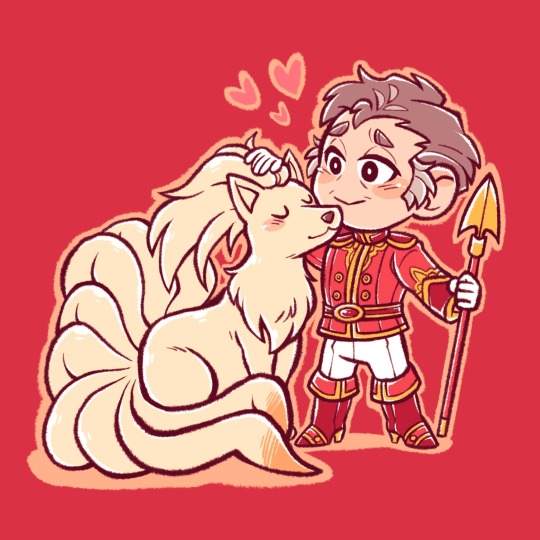

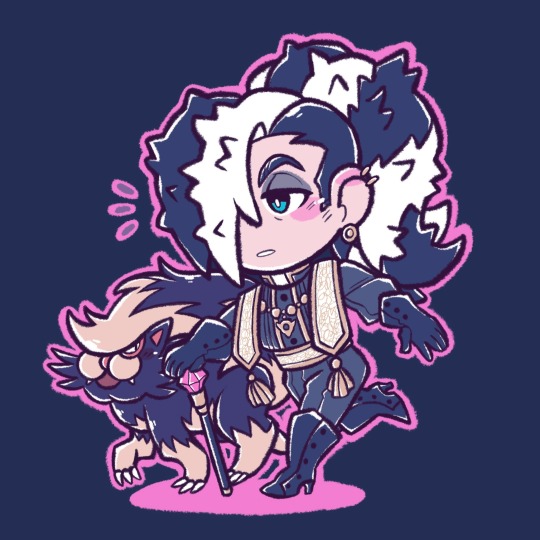
Here's this royal AU set all together!
#art#fan art#pokemon#pokemon swsh#pokemon sword and shield#kabu pokemon#raihan pokemon#leon pokemon#milo pokemon#piers pokemon#colored#finished art#royal AU
772 notes
·
View notes
Text
how do you expect me not too love him!
#carlos sainz#carlos sainz jr#who is my biggest fan#me if i was there:#falls on my knees: ME!!!#hes so pookie#look at pier trying to get more of the merch out of the bag😭#pierluigi della bona
101 notes
·
View notes
Text

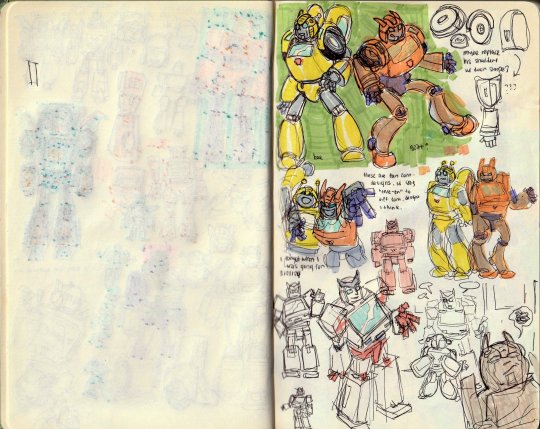
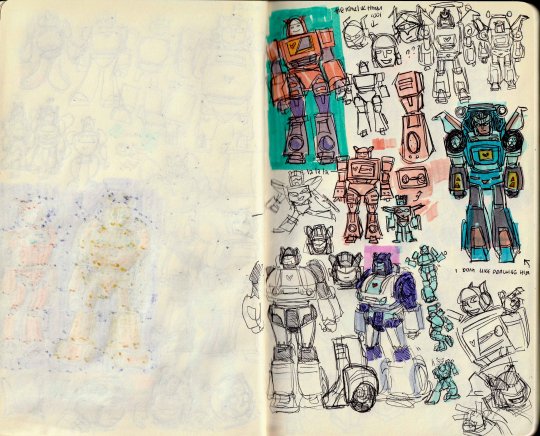

smiling. im going to try and use my sketchbook more when im out and about, please send me transformer characters I should study
#transformers#tf#maccadam#whirl#bumblebee#cliffjumper#ratchet#blaster#tracks#jazz#nautica#ribbart#SORRY DAMN SO MANY PEOPLE#mix of g1 idw and fan continuity stuff here#the bee and goat inspired bb and cj designs are#for my nyon pier town thing
69 notes
·
View notes
Text
More art I didn’t post

(Replayed sword and shield bc scarlet and violet is actually doo doo fart)
#have I ever posted Pokémon fan art here? I don’t think I have#apparently I have? and it’s AWFUL#art#fanart#pokemon sword and shield#Pokémon#pokémon fanart#raihan x piers#piers x raihan#piers#raihan
73 notes
·
View notes
Text

Reddit is this real

the Krauser Cut™️
#i like him better bald LMAO#this is just for fun and silly#Krauser Wesker love child??? huh???#u guys know that silly fan theory#jake muller#jack krauser#sherry birkin#piers nivans#re6#re4#shitpost#my art
103 notes
·
View notes
Photo
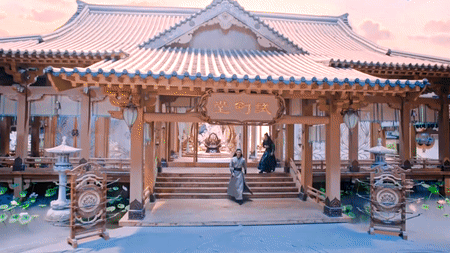
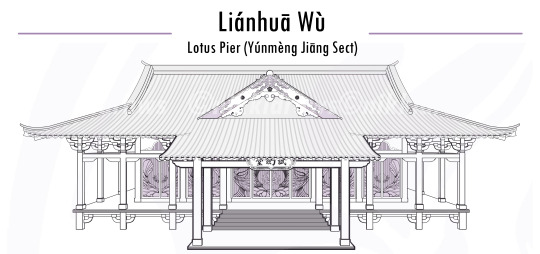
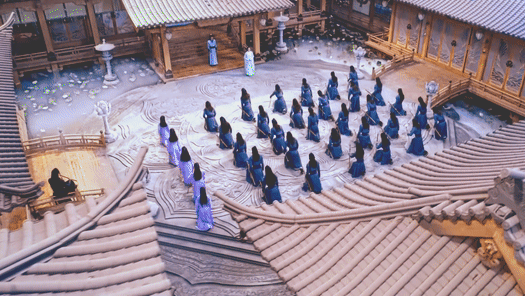



我做梦都想回去...
Even in my dreams, I want to go back…
The Untamed locations: Lotus Pier 莲花坞/Liánhuā Wù
It’s finally here! The third installment in my ongoing Chén Qíng Lìng drafting saga, Lotus Pier! As the residence of the Yúnmèng Jiāng Sect, Lotus Pier (莲花坞/Liánhuā Wù) is arguably one of the most important locations in the narrative of Mó Dào Zǔ Shī. Built among sprawling lotus ponds in the lazy shallows of a vast, meandering river, Lotus Pier shapes the halcyon days of the Jiāng siblings’ youth. It is a warm and lively place, its people welcoming and carefree.
The complete diagram:

(Full set details/meta below.)
Part 1: The Jingshi
Part 2: The Hanshi
Prints now available at ✨ INPRNT! ✨
You can also support me on Ko-fi ☕
Honestly, the few gifs I have used do not come close to showing you the huge scale, or the level of detail and care that has evidently been put into this set by the CQL production team.
Before I attempt to describe the place that shaped much of our main characters’ lives, let me first share with you the set layout with reference to some aspects of traditional Chinese architecture (and please bear in mind, I’m not an authority on the subject. Links to sources/appropriate references are provided).
Understanding the set layout:
The main compound of Lotus Pier is set out loosely following the typical, traditional layout for residences containing a courtyard.* Rooms are placed at the four cardinal points, creating a central axis and a secondary horizontal axis. With the courtyard facing south, the most important buildings are placed to the rear (north), such as the parents and grandparents’ bedrooms and the ancestral hall, while the siderooms (typically for the sons’ families) are placed to the east and west according to auspicious philosophies (like fēng shuǐ) and social hierarchy:

* At least, in the northern regions of China. Although Héngdiàn World Studios, where most historical and xiānxiá dramas are filmed, is located in Zhèjiāng, it seems a lot of the sets at Hengdian are based on northern designs.
In true “courtyard houses” (sìhéyuàn or sānhéyuàn, depending on whether the courtyard is fully enclosed), this quadrangle layout would then repeat along the central (N-S) axis if the residence contains one or more ‘inner courtyards’ (Fig.3 below):

However, I would not call Lotus Pier a true “courtyard house” as it is freer and more spacious in form than, say, the Hanshi’s courtyard design** and both sets are part of a larger compound anyway, rather than a standalone residence for a single family - so the comparison may be redundant. For instance, Lotus Pier’s stilt foundation and large, sloping roofs also bear an interesting resemblence to the wooden storied houses of Yúnnán, which is a completely different type of vernacular architecture.
** That being said, there is a wealth of research on the different variations in this type of vernacular architecture [x] [x], which does include differences in siheyuan design based on climate (wherein the buildings are quite generously spaced apart, and the courtyard much larger, to deal with the warmer climate in southern regions of China).
Nevertheless, we can see the cultural and cosmic philosophies which influence these courtyard homes used at times in the design of Lotus Pier.
For instance, we see in episodes 14 and 18 that first Jiāng Chéng, and then Wèi Wúxiàn lived in the eastern room - both seperately and together - in their childhoods. (We can assume that Yànlí would have lived in a room nearer her parents, located in the back of the residence so as to lessen her appearance in public as an unwed daughter.)


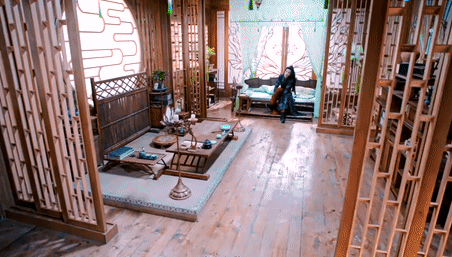
(Although the two rooms have been dressed differently, the raised platform, reused props, and WWX’s running shot from the inside to the outside in episode 14 show that it is the same building. Additionally, you can head here for some ramblings on the interior of WWX’s room and some analysis on camera angles.)
You may also be able to see from these gifs that these siderooms are divided into three sections, which relates to the construction of traditional buildings in three or five ‘bay’ structures:
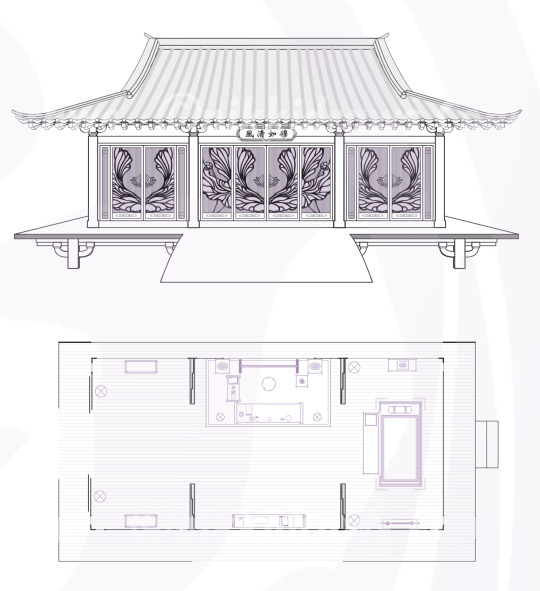
A ‘bay’ is the space between columns of a building. An even number of bays, or jiān/間, was thought to be unlucky, therefore the three bay structure was the basic layout of a commoner’s home, with additional bays added based on the need for space or the wealth of a family.
Interestingly, the room on the west side of the courtyard is shown to be Jiāng Fēngmián’s study, rather than another bedroom as I originally assumed - one that may have been for an older Jiang Cheng, although as the son and heir of the Jiang famly, his room would traditionally remain on the eastern side of the house (where WWX’s is). Then again, the main courtyard is an odd place for a bedroom in the first place, so perhaps we might be looking at a conflation of public and private spaces due to constraints on the set designers.
As a sidenote, JFM’s study appears to back onto a private lake, seen through the rear viewing window. I think this must be CGI, however, as I can find no angle of the set that shows this exists as part of the structure.

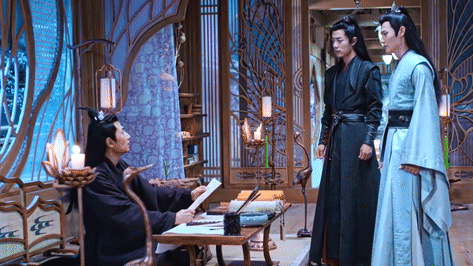
With all this said, let’s not forget that this is a xiānxiá drama: historical accuracy is not the goal. Instead, the producers took their time finding a ‘cultural location’ for each Sect, through which they could develop a more artistic aesthetic by drawing on the atmosphere and charm of their desired location. This brings us to the set’s design, and what it may represent about the people of MDZS’s Yunmeng.
The set’s design:
For the Yunmeng Jiang, producer Yáng Xià states in the link above that the showrunners drew inspiration from Húběi province, particularly the Jiānghàn plain that now lies in the heart of Wǔhàn. It is here the Hàn river joins the vast flow of the Yangtze as it meanders its way through the eastern provinces of Central China.
Just as Wuhan has been a major port city since the earliest dynasties of Imperial China, it’s fair to assume that the river that flows through MDZS’s Yunmeng has likewise influenced those living on its banks:
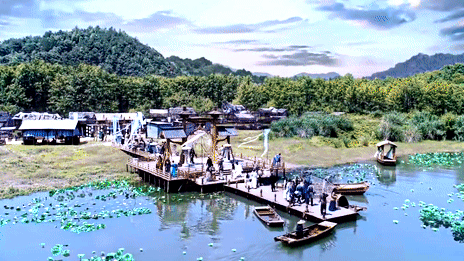
One of our first, and repeated, impressions of Lotus Pier and Yunmeng is how lively and welcoming this busy harbor and its people are. A major transport hub in its own right, with links to Lánlíng, Yumeng people are at home on the water.

The Jiang are unrestrained and easy-going, open-minded and generous. To reflect this, Lotus Pier was likewise built to be “broad and open”, the easy curves of the roofs and the wide, open walkways creating a sense of transparency and openness; the fluttering gauze curtains soften and compliment what otherwise might be an imposingly broad structure of warm-coloured wood:

The marketplace that sprawls from the main landing likewise tells us that Lotus Pier and the wider Yunmeng area is a place of trade and craftsmanship.
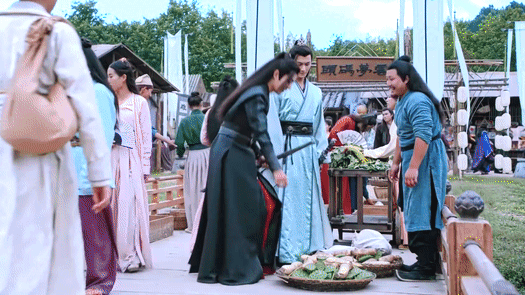
We see lotus seeds and pods harvested frequently, and as strong swimmers and talented fishermen, we might assume that the Yunmeng people are also skilled at weaving fishing nets and other such tools from the abundance of natural materials the fertile floodplains afford them.
As an aside, I do wonder why JFM decided to decorate his seat of power with rolls of reed matting/blinds.

I like to think they’re wares from the market, to display his peoples’ craftsmanship. You have to admit, the effect is impressive, immitating an unfurling lotus:
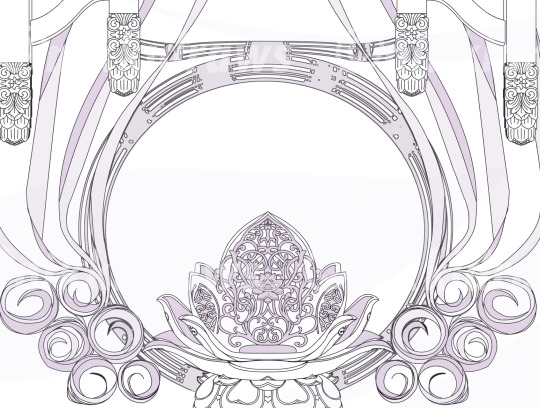
The one area that intrigues me the most in this main courtyard, however, is the kitchen. The private dock in the kitchen really exemplifies how the river has had such a huge influence on the design of Lotus Pier, by virtue of the waterborne livelihood it has curated among the Yunmeng people:
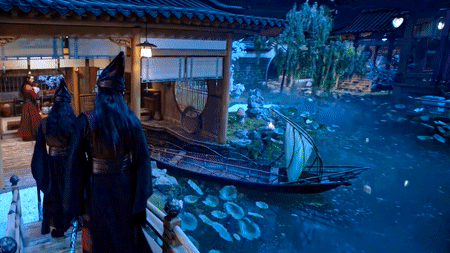

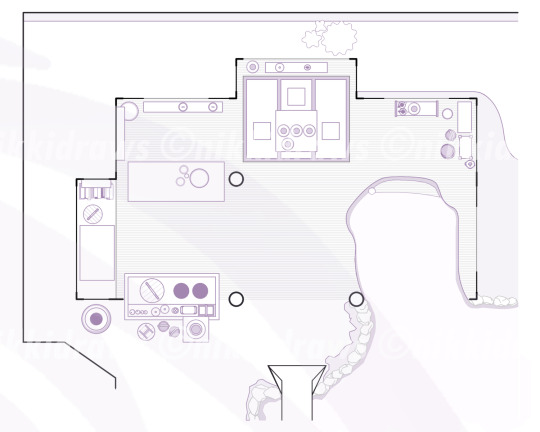
I like to imagine that fresh produce from the market would arrive by boat early in the morning, and Yanli would be there to help unload the goods while she prepares breakfast for her family...
What struck me most, though, during the course of this whole study was the dreamy, almost fantastical quality to the set. As I said above, the xianxia genre allows much more creative license with the aesthetic of the Sects and their domains, as the genre does not need to replicate a time or place with rigid historical accuracy. As such, much care and ingenuinty has been taken by the show’s designers to merge the Pier with the river, giving the impression that, like the lotus flowers that give it its name, the Pier also floats on the water itself.

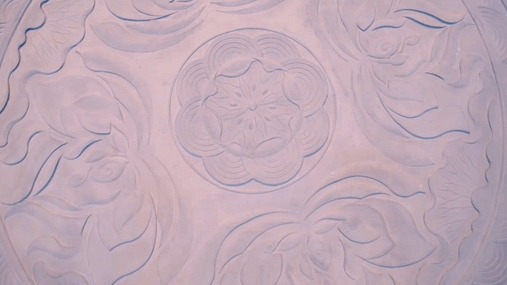
To that end, let’s lastly think about the lotus imagery we see around the set, and how it applies to the role of Lotus Pier as a place in the narrative.
The symbolism of the lotus
Revered for its beauty and much loved for its versitility in Asian cuisine and traditional Chinese medicine, the lotus holds significance in Chinese culture for many reasons. As one of the 'Flowers of the Four Seaons' (四季名花, Sìjì Mínghuā), the lotus flower represents summer, blooming through the season in the shallows of slow-moving rivers and river deltas.

「出淤泥而不染 / chū yūní ér bù rǎn」, an idiom meaning “growing out of mud, but remaining untainted”, is often attributed to a poem by controversial Confucian and Neo-Confucian scholar Zhōu Dūnyí called 'On the Love of the Lotus' ( 爱莲说, Ài Lián Shuō). Zhou calls the lotus flower a "gentleman among flowers" (not to be confused with the Four Gentlemen) as, rising dignified from the mud, it exemplifies the cosmic and spiritual harmony all humans should aspire to achieve. As such, it represents a moral ideal of dignity and integrity for a Confucian gentleman. As Zhou writes, “I love only the lotus, for rising from the mud yet remaining unstained; bathed by pure currents and yet not seductive.”
We cannot wholly attribute this idiom to Zhou, however, as this metaphor of the lotus flower, symbollic of purity of mind and body as it rises out of the muddy waters of worldly affairs, actually has its roots in the religious teachings of Buddhism and the Lotus Sutra. In it, the sacred lotus symbolises spiritual enlightenment and self-actualisation, where one is able to detach themselves from worldly affairs and overcome personal sufferings.
N.B. 18/04/2023 Edits have been made to reflect more accurate context regarding the prevailance of Buddhist thought in China since its introduction in the Han dynasty, and how Zhou’s ‘On the Love of the Lotus’ drew upon its teachings. See here for the original text and a review of its inaccuracies, as well as further resources.
How can we relate this back to the setting, Lotus Pier, and the Yunmeng Jiang? I think the most obvious parallel has to be the burning of Lotus Pier.
The event is the catalyst for a number of tragedies that occur throughout the narrative, and the Jiang siblings' attempts to reconcile the many layers of guilt, blame and grief they each feel with the enormity of losing their entire Sect, their home, their bonds with each other - the lotus emblem of their Sect is perhaps a reminder that there is no happiness without hardship.
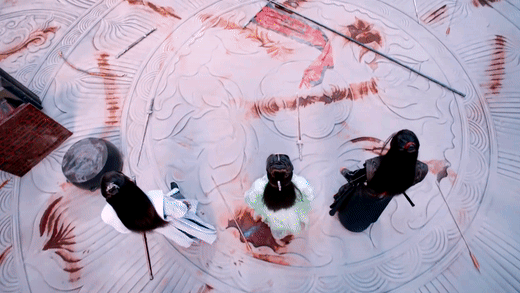
Of course, more important than its cosmic symbolism, for these siblings lotus ponds represent home, and are a way the three siblings can remain connected as they travel seperate paths in life, forming new families after the tragedy of their own:

In the scene pictured above - where WWX, after many months in self-imposed exile, succeeds in cultivating his lotus pond in the Burial Mounds - the pond represents his longing for Lotus Pier while also bringing him some comfort and connection to what he has lost. Just as Jīn Zixuān seeks to bring comfort to Yanli by planting a lotus pond for her, too:
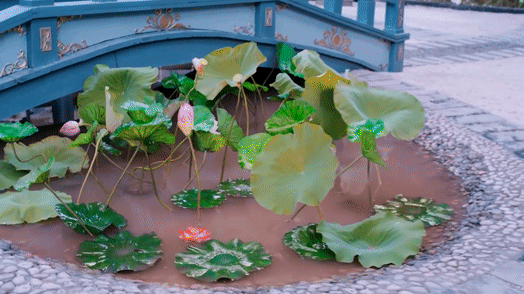

(Bonus gif of a different type of "gentlemen rising from the mud”):

But as an aside, it's also interesting to note that WWX tells A-Yuan in that above scene, that the lotus seeds are not to be eaten because they are grown in the soil of the Burial Mounds. Instead, they are 'the perfect thing to protect from evil spirits'. This may be a simple child’s tale for WWX to discourage A-Yuan from eating the tainted seeds, or it may refer to the spiritual purity the lotus symbolises. But as an interesting coincidence, lotus plants actually have the potential to filter nitrogen, phosphorous, and heavy metals from watersources, so it’s possible they taste bad because they are literally cleansing the soil of the Burial Mounds.
It seems appropriate, then, that WWX is tied closely to this lotus motif, perhaps even moreso than Jiang Yanli and Jiang Cheng. This is especially poignant when we consider that the lotus is also symbollic of resurrection and rebirth: the blooms, closing and opening with the sun in a daily cycle, can be compared to the cycle of reincarnation.
A great deal of the narrative focuses upon WWX’s decision to forge his own path through life, a ‘single-log bridge’ that sweeps him away from convention and propriety that governs the rest of the cultivation world as he struggles to maintain his own integrity and compassion. He suffers for this choice, especially once he gives up his golden core and is thought to be actively choosing an ‘evil’ path. Yanli even dreams of him floating away from Lotus Pier, carried on the rapid current of the river:
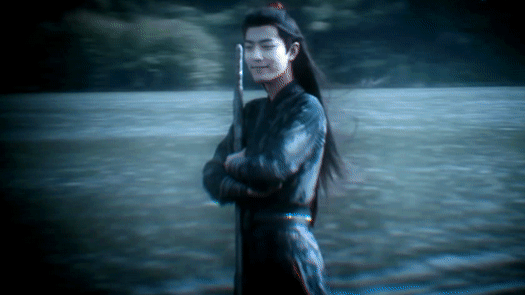
After his resurrection, however, it seems WWX has been able to finally rise above the Sects’ biases and political machinations. Once the Yin Iron has finally been sealed away, and the mystery of the Fierce Corpse solved, he no longer has any obligation to stay in those muddy waters of the cultivation world. He is free to wander, as his parents did - the single log bride widening to encompass the whole world.

Although still tied to the world by his love for his family and friends, we could say that WWX is close to that enlightenment the lotus represents. He has risen from the mud and, despite all his suffering, has remained untainted.
Bonus details!
If you’ve made it this far, congratulations! This got... so long... But of course, I had to do Lotus Pier justice as such a beautiful and thematic set. As a final point, here are some small details you may have missed or that I couldn’t fit in the main analysis!
Here is a cute interior shot of WWX’s room, and a view of the rear courtyard that shows the moon gate entrance, which presumably provides access for boats to dock in the kitchen:

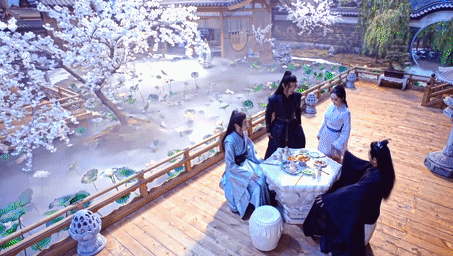
Also join me in appreciating how detailed the design on the door panels is! So much so that I couldn’t do the finer details justice in my sketch:
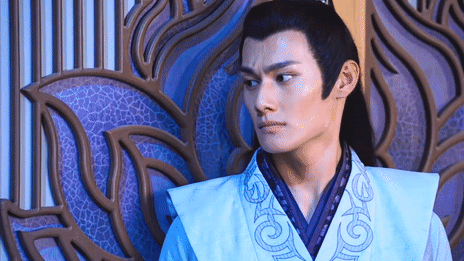
Special mention to the fish doorhandles on the main hall, as well. As a Pisces, this brings me joy.

And finally, some reference shots for the gate:


As always, thank you everyone for your continued support and encouragement - and your patience! Lotus Pier was a massive project, that has taken me over a year to complete. I am so proud to finally present it to you, and bring you the news that I have finally opened a print shop! As always, you can also buy me a coffee on kofi to show you support.
#nikkidraws#lotus pier#set design saga#cql set design#the untamed set design#lianhua wu#yunmeng jiang sect#yunmeng jiang#jiang cheng#jiang yanli#wei wuxian#yunmeng siblings#yunmeng brothers#twin prides#twin prides of yunmeng#set design#cql fanart#cql fan art#the untamed fanart#the untamed fan art#cql meta#the untamed meta#set analysis#character analysis#wwx analysis#cql wwx#chinese architecture#fantasy architecture#fantasy map#fantasy set design
1K notes
·
View notes
Text

my babygirlie piers saved me from possible art block
original thing ↓

im so in love with this man its crazy
138 notes
·
View notes
Text
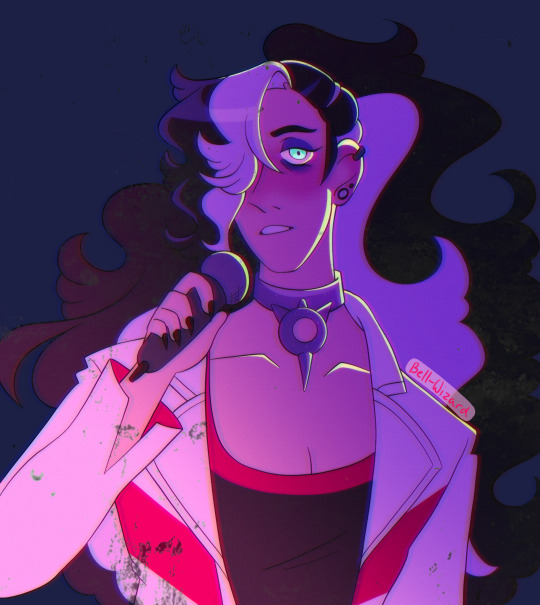
🌟click for better quality🌟
Day eight of Cringetober!! Still going strong 👍 I had to check through the official wiki for Tumblr Sexymen to see if Piers counted as one, and tbh I do not agree with some of them. Mario and Luigi are not Tumblr Sexymen
#cringetober#cringetober 2023#Cringetober day eight#tumblr sexyman#piers pkmn#pokemon sword and shield#piers#pokemon#fan art#my art
93 notes
·
View notes
Text

Piers My Beloved 🖤
I've been weirdly nervous to post this one but I promised I wouldn't mess with it ANYMORE to avoid ruining it lol
#artists on tumblr#fan art#gym leader piers#piers pokemon#pokemon#art#pokémon#piers swsh#swsh piers#piers sword and shield#gym leaders#pokemon gym leader#pokemon piers#digital art#pokemon art#my art#pkmn swsh#i'm so normal about them
47 notes
·
View notes
Photo

Besties are having fun in amusement park
Art for @/SssDmc (Twitter) zine 1/2
#RE_Sketch_zine#sketch#my art#fan art#resident evil#resident evil 5#resident evil 6#Piers Nivans#sheva alomar
212 notes
·
View notes
Text

—

—

—

based on @thebrandywine ‘s [pull me under]
unglazed @ ao3 (requires login)
#my fanart#resident evil#leon kennedy#piers nivans#nivannedy#mermaid au#fan comic#those are supposed to be psychic speechbubbles okay that’s why they’re like that#this scene made me unwell ok#so i had to draw leon drowning#that’s how that goes#i couldn’t use the ballpoint brush i normally use because if i did i would still be lining#anyway my head is full of static so i don’t know what else to say#i too shall return to the deep
51 notes
·
View notes
Photo

Latté Artist
------------------
While art jamming, my friend prompted me to draw Piers as a Barista....
... And so I happily obliged. <3
Here’s Piers (Rapierzel) in a modern Café AU,
and of course he draws Toxcal on the drinks he makes~
------------------
Piers, Toxel © Pokémon Sword & Shield
Rapierzel AU, Fan Art © Fuyu
#rapierzel#rapierzel AU#Piers#pokemon#piers pokemon#piers pokemon sword#shiny piers#toxel#cafe#cafe AU#barista#toxcal#latte art#latte#coffee#crossover#Pokemon fan art#fan art#fuyu#fuyukichi#winterstales
27 notes
·
View notes